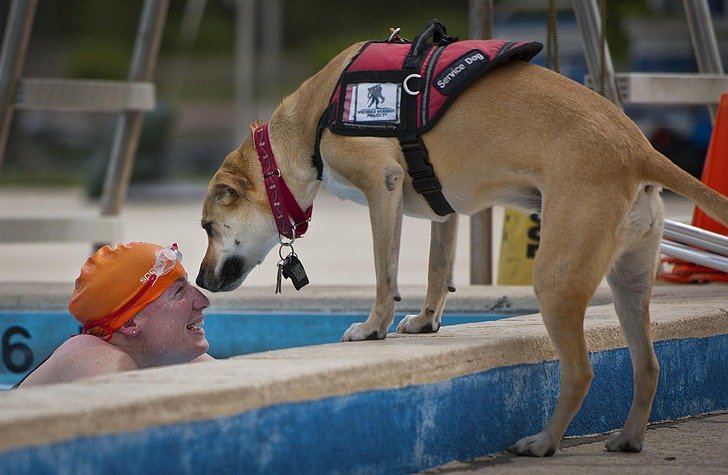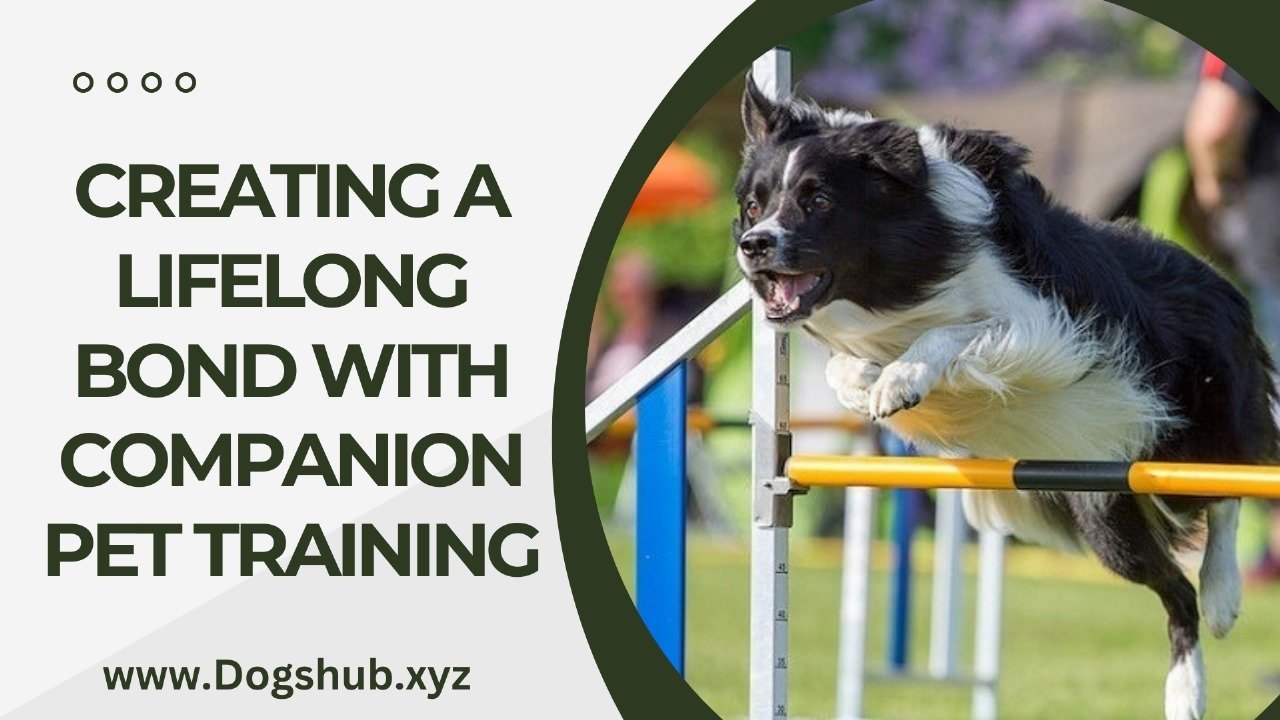The training of your pet companion is a crucial aspect of a responsible pet’s ownership. No matter if you have cats, dogs or another small animal, proper education can benefit warrant an enthralling connection and a pet that is well-behaved. This complete guide explains the essentials of companion animal training. It offers methods, suggestions and advice to benefit to create a lasting connection with your animal friend.
What is the reason to train Your Companion Pet?
Training your pet provides numerous benefits, including:
- Better Behaviour: Training helps curb unwelcome behaviors, such as chewing, barking and aggression.
- Security: A well-trained pet is more likely to not engage in risky activities or place themselves in danger.
- Stronger Bond The training sessions improve the communication between your pet and you.
- Mental Stimulation The training program provides mental stimulation which keep your pet entertained and occupied.
The Fundamentals of Companion Pet Training

Begin In the Early
The importance of early training is particularly for felines and dogs. Puppy and kittens are adept and adaptable, and they can master how to behave quickly. It’s also never too late to get started with teaching an older pet.
Use Positive Reinforcement
Positive reinforcement is considered to be one of the most effective methods for training. It means rewarding your pet’s desirable behaviors by giving them rewards, praise, or even playtime. Positive reinforcement will encourage your pet to continue with your pet’s good behaviors.
Be Congruent
The importance of consistency in the training process. Utilize the identical commands and rewards every time so that you don’t confuse your pet. Make sure that all family members are at the same level for a consistent approach.
Make Sessions Short and enjoyable
Training sessions that are short and frequent (10-15 minutes) can be more beneficial than lengthy, frequent sessions. The session should end on the right note and keep your pet engaged and excited to continue learning.
Training Techniques for Different Pets

Dogs
Dog training requires perseverance, consistency along with positive reinforcement. Here are some basic tips and commands:
- SIT: Place a small treat near to the dog’s nose Then move your hand to the side, making the dog’s head to follow, and the bottom of their feet to slide down. When they’re sitting in a posture, tell them to “sit,” give them the treat and then give them a rousing praise.
- “Stay: Ask your dog to settle, then place your palm before you, and then shout “stay.” You should take several steps to the side. If they do stay and you reward them, give them an item of food and a rousing praise. Gradually boost the length and distance.
- “Come: Put a leash to your pet’s neck and gently lead them toward you, while telling them “come.” You can reward them with a treat and a rousing roar at the moment they get close to the door. Make sure to practice in a quiet and secure area prior to trying off-leash.
- Leave It Put a treat into each hand. Your dog should be shown a closed hand that has the treat in it and then say “leave the treat.” Don’t bother with any efforts to grab the reward. Once they have stopped making an effort, offer them the treat in your other hand.
Cats
Although cats are frequently portrayed as solitary, they could get many benefit from some training. Concentration on reinforcement that is positive and patience
- litter training: Place your cat inside the litter box following food and after naps. Rewards them with snacks and a rousing praise whenever they do use the litter box. Clean the box so that you encourage frequent usage.
- “Come When Called”: You can use treats or even toys to get your cat to join you. Make them call their name, and reward the cat when they answer. Repeat the call often to reinforce the manner of behavior.
- High-Five: Put a snack right above the cat’s foot. If they grab it, you can say “high five” and offer the reward. Repetition is key to benefit reinforce the technique.
- Non-Scratching: Provide scratching posts and reward your pet to keep together scratching posts. Refrain from scratching furniture together repellents such as sprays or double-sided tape.
small Animals
The training of small animals like rabbits, guinea pigs and hamsters demands the use of gentle hands and patience
- litter training: Put a litterbox at the part of their enclosure that they will usually empty. Give them treats when they make use of it.
- Hand-feeding Give your pet a treat to increase trust in them and also encourage your pet to visit you. Utilize their pet’s favorite treats to reward good behavior.
- Clicker Training Utilize a clicker identify desired behavior, then and then reward them with a sweet treat. Clicker training is useful for introducing techniques and instructions.
Common Training Challenges
Fear, Anxiety and Stress
Certain pets might be scared or agitated, which can make the training process more difficult. Make use of gentle and gradual methods to increase their confidence. Beware of punishment as it could boost fear.
Distractions
Train your pet in a quiet, distraction-free environment. As they progress, introduce distractions to benefit them get more adept at their instructions.
Stubbornness
If your pet seems to be determined, consider varying the rewards in order to keep them engaged. Choose high-value items or toys they will find appealing.
Advanced Training Techniques
After your pet is proficient in basic commands, it is time to start to teach more advanced techniques:
Agility Training (Dogs)
The process of training your dog how to maneuver through an obstacle course. It is a great way to exercise your dog and provide mentally stimulating. Begin with simple obstacles such as tunnels and jumps. Gradually, you’ll be adding more complexity.
Leash Training (Cats)
Leash training lets your cat to go outdoor area safely. Begin by introducing them to a at ease with the harness inside. Then gradually introduce the leash and reward them for their peaceful behavior.
Trick-Training (Small Animals)
Introduce your dog to fun tricks, such as spinning around and jumping across hoops or throwing the ball. Utilize clicker training as well as treats to encourage these behavior.
The Maintenance of Training Success
It is a continuous process. In order to maintain your pet’s positive behaviour:
- Training regularly: Continue to practice tricks and commands to strengthen your pet’s education.
- Keep positive: Employ positive reinforcements and ensure that training sessions are enjoyable.
- Adjust to Changes: Be prepared to adapt your techniques for training to your pet’s age or new behavior patterns develop.
Conclusion
Pet training with a companion can be a satisfying experience that strengthens the relationship between you and your pet. Through with the power of positive reinforcement staying constant, and exercising patience, you can show your pet important commands as well as methods to assure the safety of your pet and their well-being. Keep in mind that training isn’t only about discipline, but creating confidence and trust between you and your pet. Take your time and enjoy each achievement as you live a an enjoyable and harmonious family.




